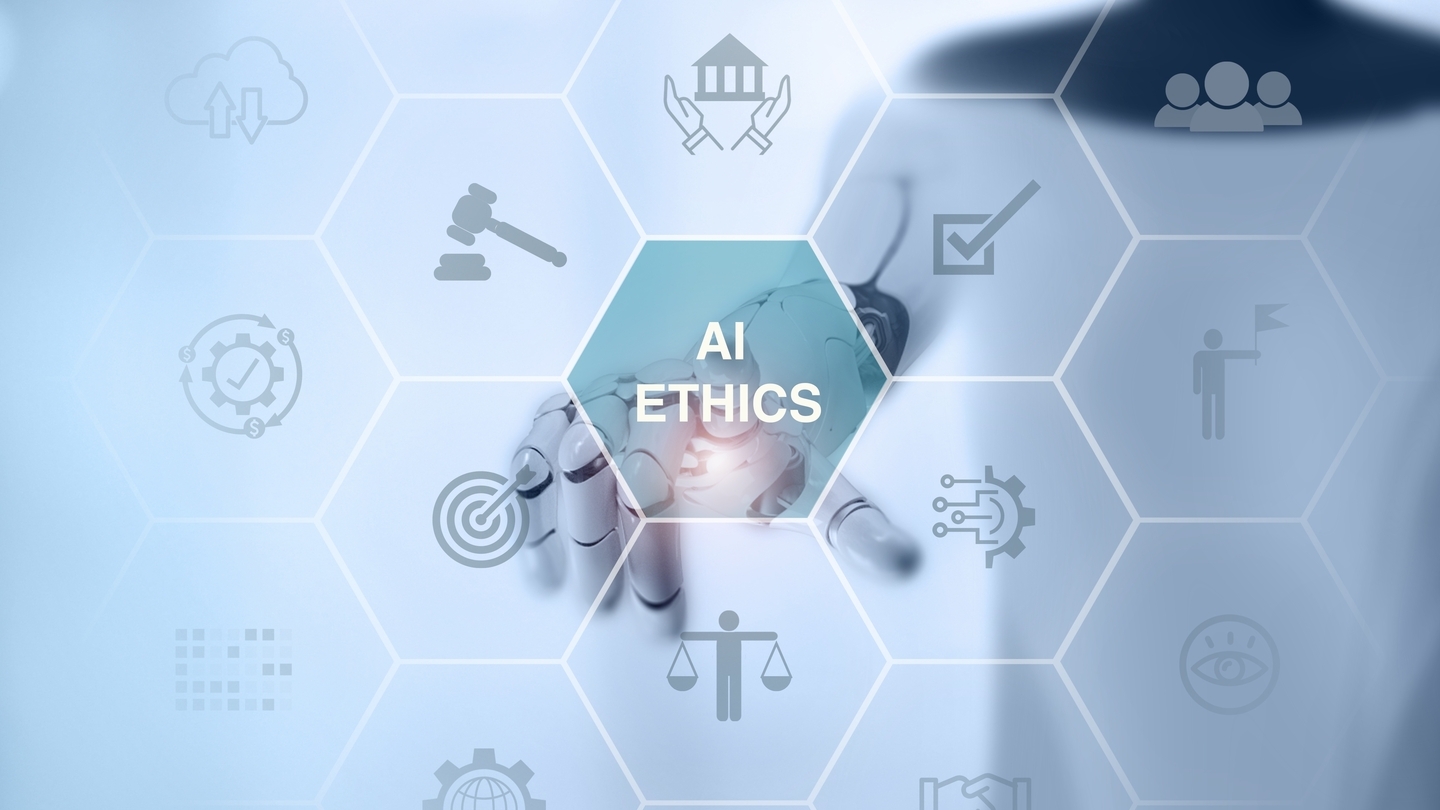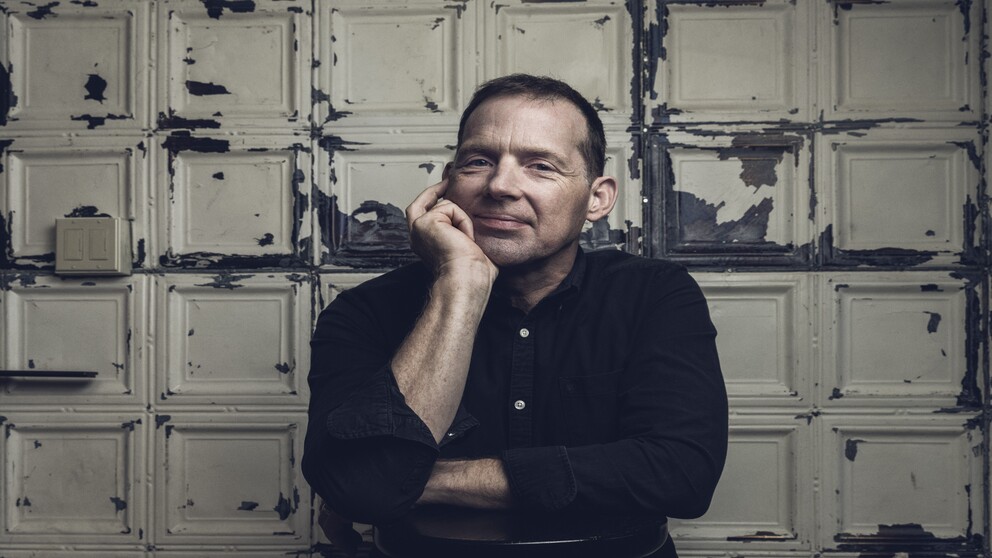Oscar-winning Sound Designer Johnnie Burn on why being a runner is still the best route to success and how he creates the unsettling unorthodox worlds for Yorgos Lanthimos, Jordan Peele and Jonathan Glazer.
Oscar-winning Sound Designer Johnnie Burn believes there’s no shortage of people wanting to come into the industry but that postgraduates often have a preconceived notion of what to expect that may not align with commercial pressures.
“Having a degree is a great way to get in but anyone who wants to succeed still has to maintain the attitude that there’s a lot to learn,” he says. “The learning you have from college will take you through the later part of your career much more quickly but unless you go and make tea, no one else in the company going to have that respect for you because they’ve all done it.”
Burn, who created the sonic world for films including Yorgos Lanthimos’s Poor Things, and Jonathan Glazer’s The Zone Of Interest, runs Academy Award and Bafta-nominated audio postproduction house Wave Studios, having grown it with...
You are not signed in.
Only registered users can view this article.

Virtually untethered: V-Nova replicates game-like freedom for XR video
Volumetric video may hold the promise of revolutionising the way we consume live concerts and other events, but it could also transform consumption and interaction with pre-rendered video.

Finding our ethical true north on AI: Part II
Part two of our insight into AI ethics and regulation continues with observations on industry efforts around standards and best practices, and why human impact should be the guiding force. James McKeown reports.
/Source - shutterstock_2464837145 (1).jpg)
Digital Catapult: AI innovations to supercharge the creative industries
Accelerated VFX workflows, video game characters you can converse with, and auto-generated visual experiences from sound for XR headsets are just some of the AI innovations devised by start-ups as part of a recent Digital Catapult programme. Adrian Pennington reports.
.jpg)
Neural Radiance Fields – A new approach to 3D modelling
From the chemical, mechanical and electrical process of creating a film, to the rise of virtual production, visual storytelling has always turned to cutting-edge technologies. Now Neural Radiance Fields (NeRF) could replace the traditional technological foundations that broadcasting and film are built upon. IBC365 speaks to leading researcher, Professor Ravi Ramamoorthi.
.jpg)
Future predictions – Part II: Leaders and analysts
The coming year hints at big changes in focus and innovations for the media and entertainment world. With giant leaps in AI advancements, streamlining production and the road ahead for ad-tech, how can vendors meet the demands of the hungry yet cost-conscious consumer, whilst staying ahead of the game? John Maxwell Hobbs gathers more expert insight from leaders and analysts in the second part of our future predictions series.





